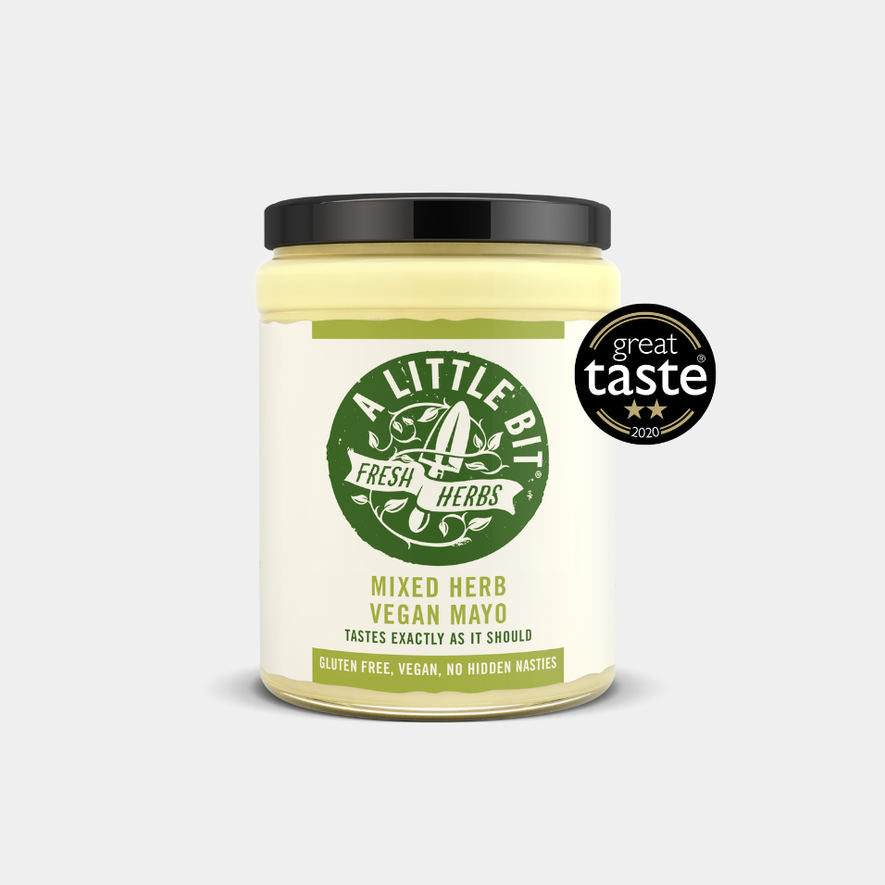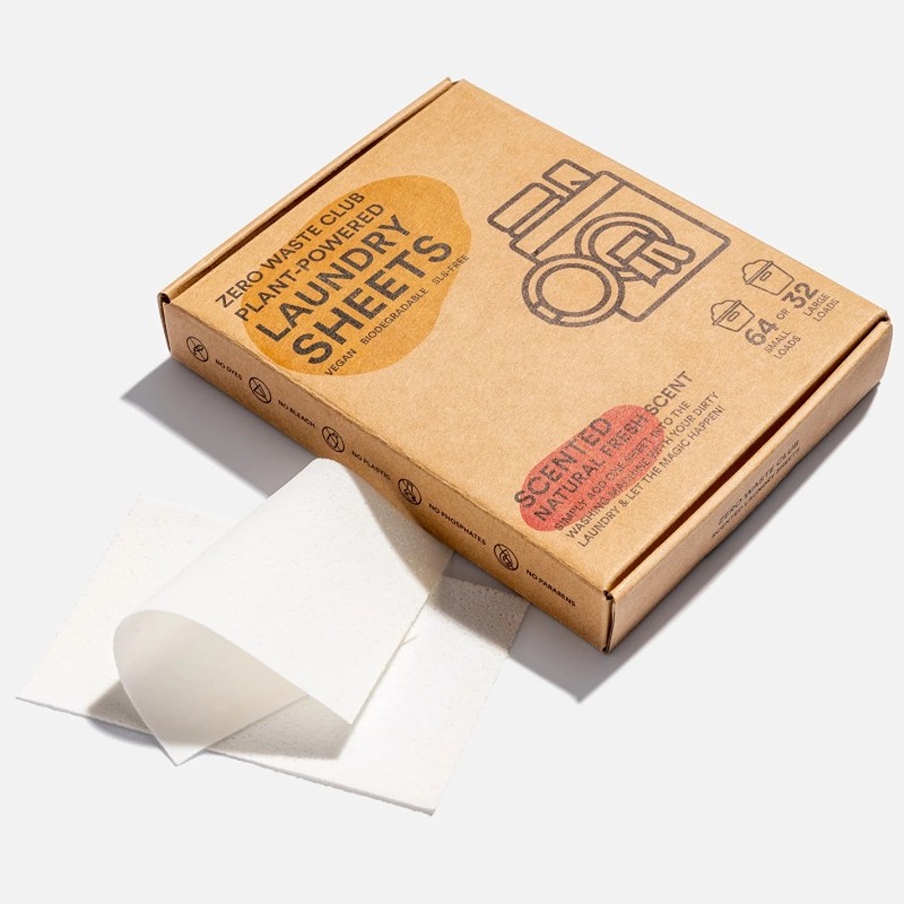
In order to clean clothes properly, you’re going to have to use some kind of detergent, so no laundry detergent is going to be 100% natural. But there are far better versions on the market than conventional ones, that harm aquatic life once rinsed down drains. Never pour neat essential oils down sinks, this also harms aquatic life. Also read of how to dry your laundry (naturally).
Most laundry detergents are packed with non-biodegradable chemicals (that harm aquatic life) and many contain blue-hued optical brighteners to give illusions of ‘whites whiter than white’. There are far better brands, in biodegradable packaging. For stains, read of a natural alternative to chlorine bleach.
This pack of 64 laundry detergent sheets is an alternative to plastic bottles of laundry liquid or bulky boxes of powder. Made with plant-based biodegradable ingredients, just place a sheet (or two for large loads) in the drum. Works out at 10p a wash (20p for large loads). The ‘scented version’ is from flax plants, with the company listing all ingredients (with plain English translation).
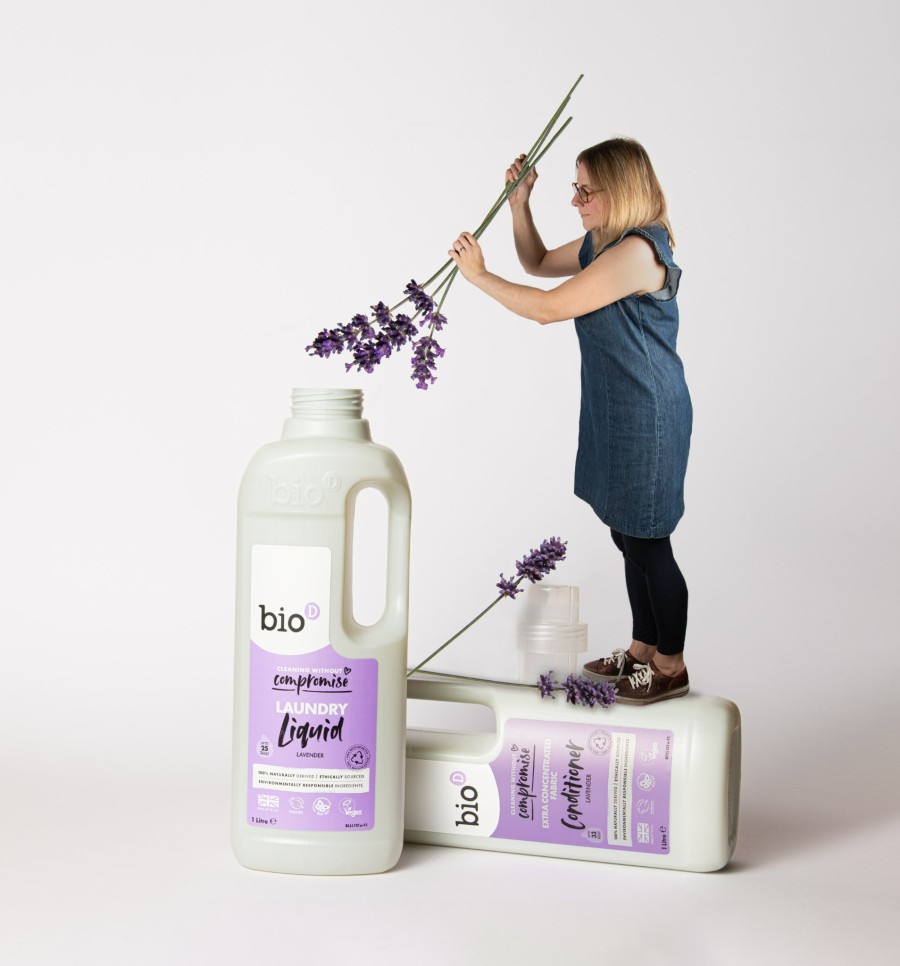
Always choose unscented laundry brands for pregnancy/nursing, babies and pet bedding (citrus is toxic to pets). Bio-D and Green Scents are two main brands (the former offers unscented versions). Sold in recycled plastic and glass bottles respectively, these are made with biodegradable ingredients (launder synthetic fibres like nylon, polyester and recycled plastic in a microplastic catcher).
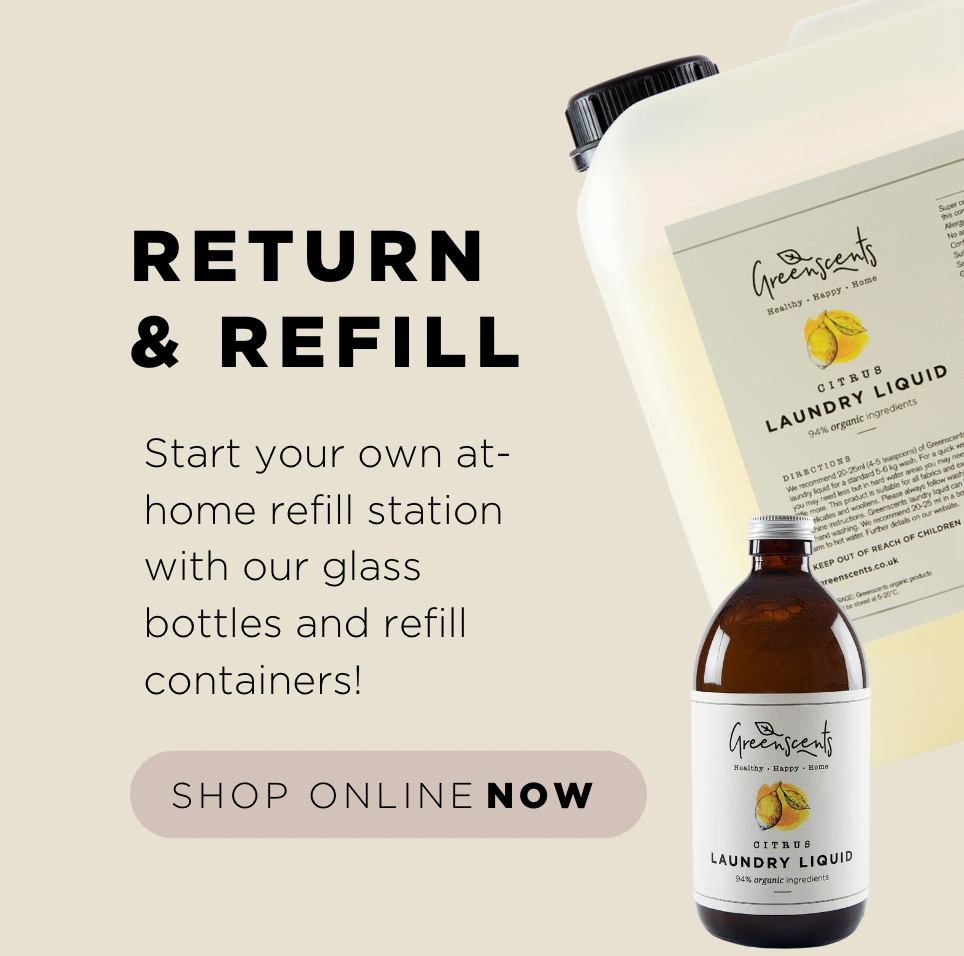
a tin of zero waste laundry powder

Delphis Eco offers a phosphate-free laundry powder with a refill tin on first order. Made with biodegradable surfactants, this is tough on stains.
zero waste laundry detergent sheets
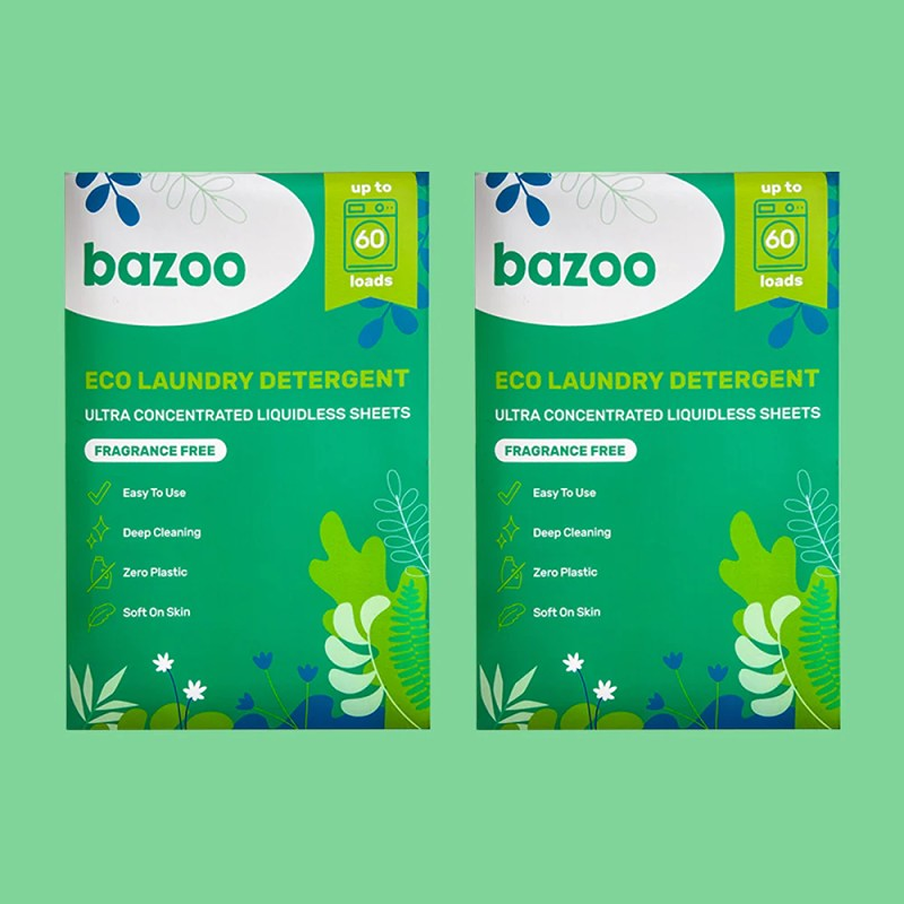
Bazoo liquidless eco laundry detergent sheets (enter code at checkout for £10 off) dissolve rapidly in warm or cold water, and are suitable for hand-washing or machines, and work well with septic and greywater systems. While most liquid detergents are watered down, these are concentrated and packed in cardboard with biodegradable ink. Choose fragrance free version, to avoid synthetic fragrance oil.
a refillable biodegradable laundry liquid
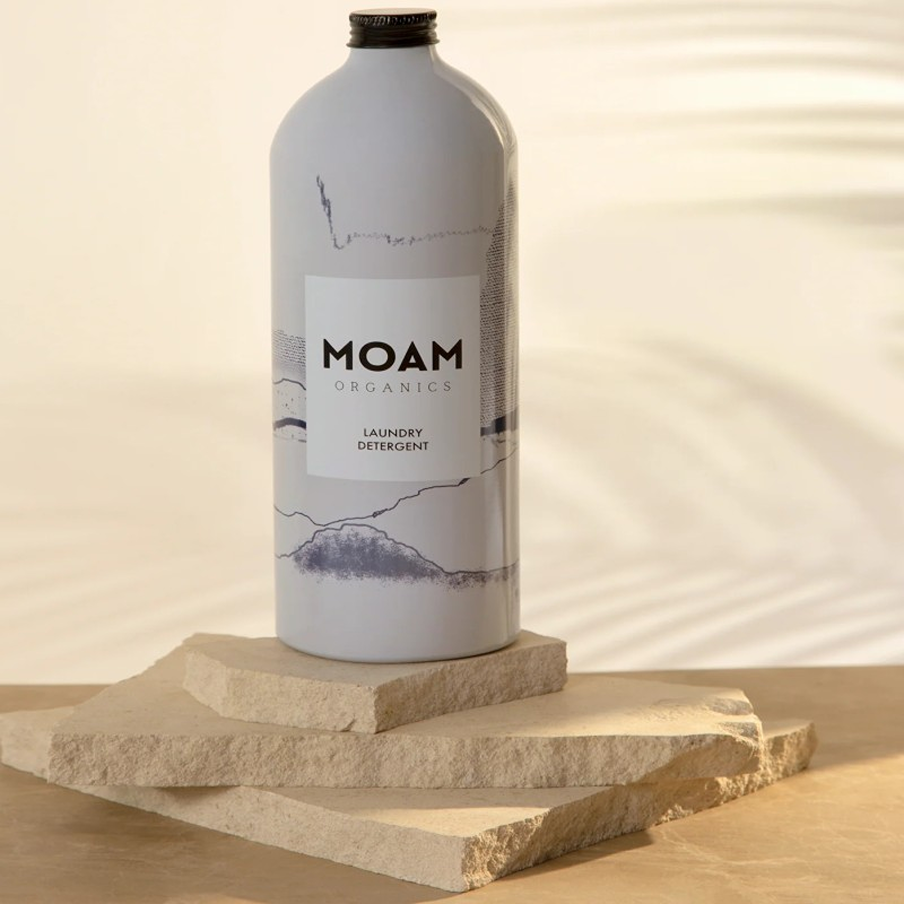
Moam Organics is made with biodegradable ingredients and scented with essential oils (geranium, lavender, cedarwood), sold in lightweight and easy-to-recycle aluminium bottles. Then just buy refill pouches (use half the plastic of conventional brands) and send off minimum of 5 to make it financially viable for the company to cover costs of recycling (you even get a prepaid envelope). If you use the company’s reed diffusers, again don’t use near babies/pets/pregnancy/nursing, and air rooms after use.
do you really need fabric conditioner?
No. It reduces absorbency and makes clothes more flammable, if then placed in tumble dryers. Most brands also contain palm oil and are tested on animals. Fabric conditioners simply contain positive ions to attract negatively charged static to ‘retain shape of clothes and speed up drying’. One brand even claims their fabric conditioner is linked to ‘higher levels of confidence and happiness’. If that’s all it takes to make someone happy, they must have a blessed life! The same company then goes onto to say their products may contain animal ingredients, as there are no suitable alternatives?
One expert suggests never using fabric softener on clothing for babies and children. This is because it can reduce flame resistance of clothes that stop them catching fire. The CEO of Laundryheap say it can also irritate young skin. Flammability increases due to containing flammable emulsifiers and alcohol ethoxylates. Martha Stewart’s website reiterates this and also not to use fabric conditioner for many other types of clothing including:
- Delicate wools as they lose their texture, just wash with soap
- Not that we recommend down-filled coats and comforters for animal welfare reasons. But if you use them, using fabric conditioner coats and flattens feathers, so tiny air spaces are filled, to create waxy film.
- Swimwear and sportswear. These don’t absorb water, so fabric conditioners attract moisture, slow drying and create mould.
- Towels – become less absorbent. Same reason why fabric conditioner is never recommended for use with washable nappies or sanitary towels.
- Linen is naturally crumply and this is due to spaces between the threads to make it breathable, again using fabric conditioner coats them.
White vinegar is nature’s fabric conditioner. Just add half a cup to dispenser or final rinse cycle. The smell dissipates so your clothes won’t smell like a bag of chips! Or add half cup of bicarbonate of soda to rinse cycle or with the normal wash load. To make homemade fabric conditioner, mix 6 cups of white vinegar with 1 cup of baking soda. Vinegar cuts through acid and limescale (run an empty cycle with white vinegar once month to prevent washing machine limescale).

Bio-D’s concentrated washing powder is packed in cardboard for smaller weight and a smaller box in a gentle formula for sensitive skin, giving 212 washes per box. Ensure powder is fully dissolved before immersing clothes for hand-wash and rinse in clean water, and wear gloves if needed. Check for fastness and wash non-fast coloured and whites separately, or use oxygen bleach for stubborn stains.




